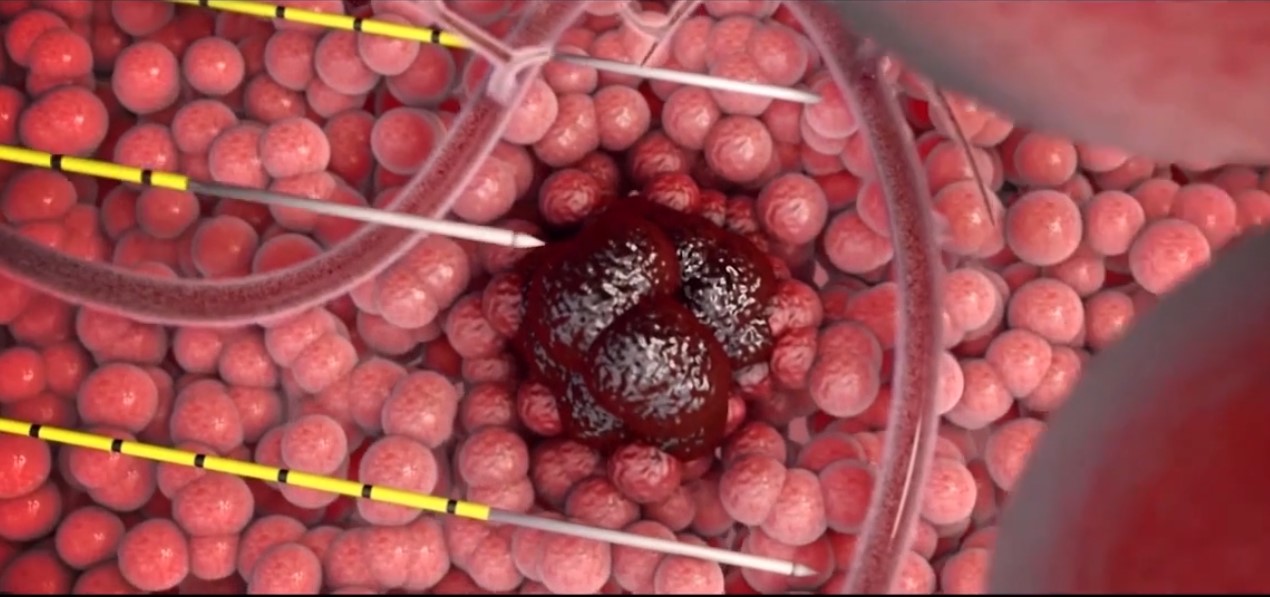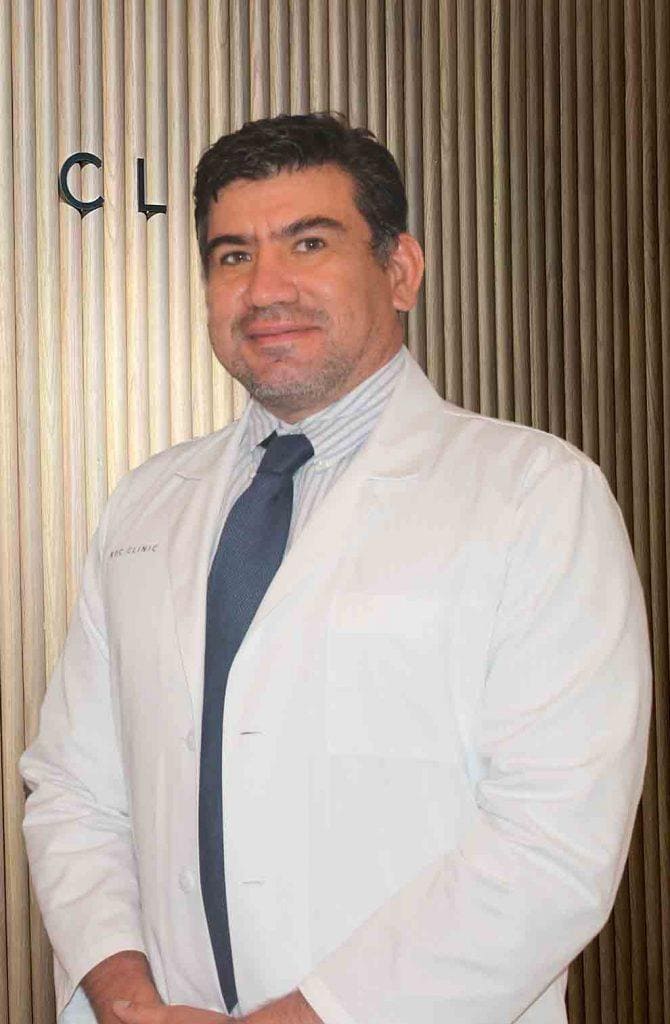Focal Therapy
Focal therapy for prostate cancer consists of treating only the tumor focus or tumor foci in this organ, avoiding subjecting the patient to radical treatment such as radical prostatectomy, i.e., complete removal of the prostate gland, or radiotherapy. These therapeutic options have shown excellent oncologic results, but are sometimes associated with side effects that can affect the patient's quality of life. quality of life of the patient.


What is Focal Therapy?
Focal therapy makes it possible to treat only the tumor area. This treatment aims to achieve oncological results superimposable to radical therapies, but minimizing the side effects (especially in terms of erectile dysfunction and urinary incontinence) of the patient and, therefore, reducing the impact that these therapies can have on their quality of life.
The surgical procedure consists of the application of different energy sources (thermal, electrical potentials or radiation) to treat only the tumor area, preserving the rest of the healthy prostate gland.
Types of focal therapy
At present, the three types of techniques most commonly used are:
- HIFU (high intensity ultrasound): consists of the application of high intensity ultrasound through an ultrasound probe introduced into the rectum. This type of technique uses thermal energy (heat) for the treatment of the tumor area producing tumor death by cavitation effect. It allows the treatment of a focus (pure focal therapy), of one half of the gland (hemiablation) or of the entire gland. In large prostates it requires prior resective surgery (prostate TUR) to facilitate the application of the treatment.
- IRE (irreversible electroporation): consists of the treatment of the tumor area through the application of high voltage electrical impulses generated between needles inserted in the prostate via the transperineal route. These impulses denature the cell membranes, causing the death of the tumor cells located inside the perimeter formed by the needles.
- Cryotherapy: consists of the treatment of the tumor area with thermal energy (cold) applied by means of needles inserted in your prostate through the transperineal route. These reduce the temperature around the needles until the treated area freezes, causing the death of the tumor cells.
The application of the treatments is simple, by means of a transrectal probe in the case of HIFU and by transperineal needle placement in the case of IRE and cryotherapy.
- Minimizes the appearance of potential side effects of radical treatments (surgical or radiotherapeutic), mainly urinary incontinence and erectile dysfunction.
- It is applicable in all age ranges.
- The treatment is performed without incision, so they are considered minimally invasive treatments, with minimal recovery time and early resumption of the patient's usual activity.
- Mild or moderate and transient pain, easily controlled with analgesics.
- It is a procedure performed, in most cases, on an outpatient basis (without requiring hospital admission) and discharged without a bladder catheter.
- It is a treatment that can be repeated if the cancer recurs or if the patient was previously treated with radiotherapy.
- Not all patients are candidates for this therapy for reasons of tumor location, multifocality, bilaterality or aggressiveness.
Newsof ROC Clinic in Focal Therapy
Research
Da Vinci and Hugo RAS Platforms for robot-assisted partial nephrectomy: a preliminary prospective comparative analysis of the outcomes.
They ask us in the Consultation
See more questionsTeam of the Focal Therapy unit


 +34 912 627 104
+34 912 627 104 Contact
Contact










